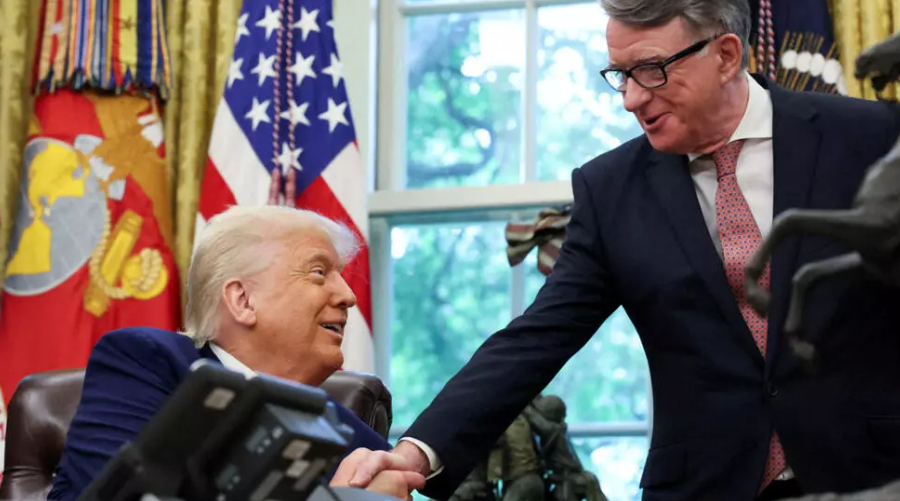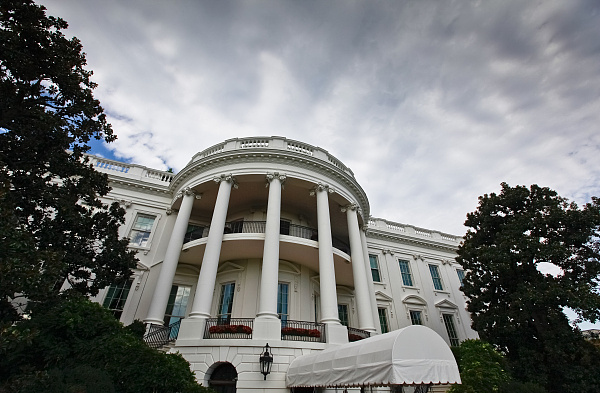
On May 8, 2025, US President Trump and British Prime Minister Starmer jointly announced a "historic" trade agreement, and both sides highly praised the results of the agreement. However, the text of the agreement reveals a contradictory reality: while progress has been made in tariff reduction and market access, the United States still retains a 10% base tariff on British goods. Behind this "limited" agreement, the delicate balance and deep considerations of the two countries in the trade game are reflected.
According to the content of the agreement, the US tariff on British automobile exports will be reduced from 27.5% to 10%, and the steel and aluminum tariffs will be directly reduced to zero, with annual duty-free quotas covering 100,000 vehicles and 500,000 tons of steel. The UK promised to relax market access for US food (such as beef) and ethanol, and agreed to reduce ethanol tariffs to zero. In addition, the two sides established an aluminum-steel trade zone and a pharmaceutical supply chain cooperation mechanism to strengthen national security. However, the Trump administration insisted on retaining a 10% base tariff, covering a wide range of areas including some industrial and consumer products. This tax rate is regarded as the lowest threshold for the United States to its trading partners. The British Chancellor of the Exchequer had previously made it clear that he was "not in a hurry to lower the standard", but the compromise result still caused controversy. Starmer stressed in a statement: "The agreement protects jobs, but reducing tariffs remains a future goal." For the UK, the substantial reduction in automobile tariffs directly benefits exporters. In 2024, exports to the United States are expected to fully cover the duty-free quota, easing the cost pressure of the industry. Zero tariffs in the steel and ethanol sectors also provide competitiveness for manufacturers. However, the retention of the 10% base tariff means that high value-added industries such as textiles and machinery still face tariff barriers, weakening their market expansion potential. In the United States, by maintaining the base tariff rate, the Trump administration continues its "tariff protectionism" policy framework to prevent allies from circumventing higher tariffs through trade diversion. This move was explained by White House officials as "preventing manufacturers from evading tariffs by changing assembly sites", but was also criticized as "hindering true free trade". Trump positioned the agreement as a symbol of "consolidating the century-old bond between the United States and Britain" to strengthen his trade policy legacy. Polls show that the dissatisfaction of the American people with the tariff policy continues to rise, and the agreement may become an economic bargaining chip for his re-election campaign. Starmer is facing criticism from the domestic opposition party for not completely breaking down the tariff barriers, but his team defended that "the 10% tariff rate is a breakthrough compared to the EU's 20%, saving thousands of jobs."
Analysts pointed out that the US-UK agreement is actually a "framework compromise" and specific terms need to be filled in through subsequent negotiations. The Trump administration is also promoting trade dialogues with the EU, Japan and other countries, and the UK also needs to balance concessions to the US with coordination within the EU. In addition, legacy issues such as tariffs in the pharmaceutical industry and protection of the film industry may become the focus of the next stage. Starmer hinted: "Today's agreement is only a starting point, and tariff reductions still require continued diplomatic efforts."
The essence of the US-UK trade agreement is revealed in the praise: the two countries seek a balance between maintaining traditional alliance relations and real economic interests. The retention of the 10% tariff not only reflects the United States' continued reshaping of the global trade order, but also exposes the complex dilemma of the UK in reconstructing the trade system after Brexit. In the future, whether the two sides can break through the "limited" framework and truly achieve the "mutual benefit" goal will still depend on the evolution of the international political and economic landscape and the strategic choices of the leaders of the two countries.

Below is the English translation of the text, with precise handling of political terms, consistent sentence structures, and preservation of the original’s analytical tone and logical flow:
Below is the English translation of the text, with precise …
On December 15 local time, Trump took the British Broadcast…
In recent years, the application of artificial intelligence…
According to Yahoo US media reports, the recent remarks of …
After 11 years of waiting in the deep sea, we finally have …
On December 17, 2025, the newly renovated American "Preside…